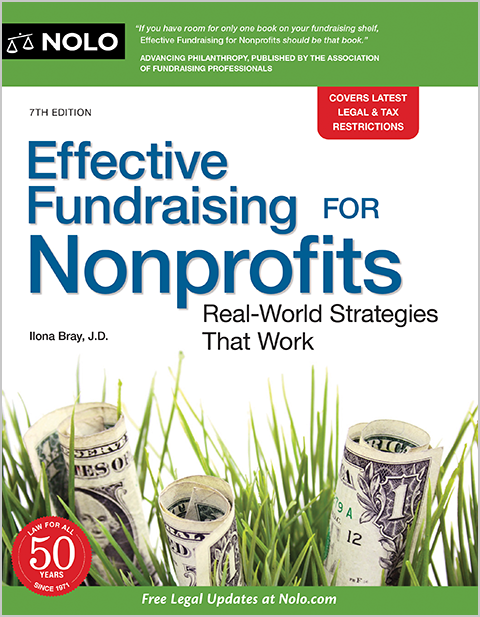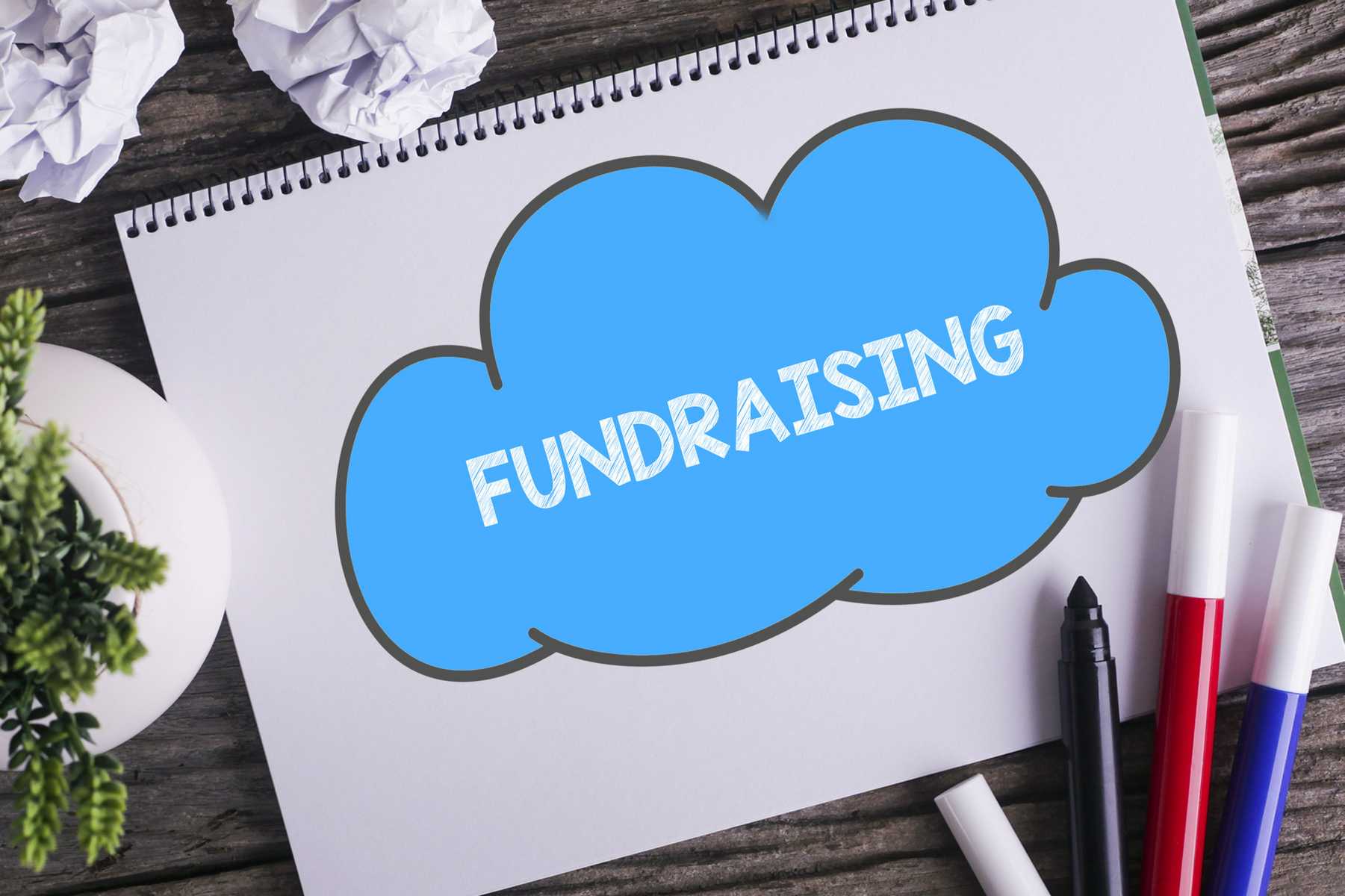Online Fundraising: Proven Techniques to Raise More Funds for Your Nonprofit
Online Fundraising: Proven Techniques to Raise More Funds for Your Nonprofit
Blog Article
The Function of Area Involvement in Nonprofit Fundraising: Building Lasting Relationships for Lasting Assistance
Area interaction is increasingly recognized as an important component of effective nonprofit fundraising. By fostering genuine connections with local stakeholders, organizations can grow trust fund and loyalty, which are essential for sustainable support. However, the approaches and techniques used to involve areas differ commonly, increasing crucial questions about effectiveness and effect. What are the most effective methods for growing these necessary links, and exactly how can nonprofits determine their success in this field? Comprehending these dynamics could substantially affect the future of fundraising initiatives and the overall goal of nonprofit organizations.
Recognizing Neighborhood Interaction
Area engagement is an important component of effective nonprofit fundraising efforts. Nonprofits need to recognize key stakeholders-- such as neighborhood members, neighborhood organizations, and other organizations-- to create effective engagement strategies.
Effective community interaction is predicated on energetic listening and responsiveness to the demands and rate of interests of the community. This process entails getting feedback, understanding neighborhood characteristics, and ensuring that the company's objective lines up with neighborhood concerns. Engaging the community can take different forms, including public meetings, volunteer possibilities, and partnership initiatives, each created to motivate participation and investment in the organization's goals.
Additionally, neighborhood involvement ought to be come close to as an ongoing dialogue rather than an one-time effort. By promoting a comprehensive atmosphere where neighborhood voices are heard and valued, nonprofits can construct a strong structure for future fundraising ventures. Eventually, a deep understanding of area engagement empowers companies to develop genuine connections that boost their general effectiveness and sustainability.
Advantages of Solid Relationships
Solid relationships formed via neighborhood involvement return various advantages for nonprofit fundraising efforts. Most importantly, these partnerships foster depend on and reputation, crucial parts in encouraging contributors to contribute. When potential supporters see a not-for-profit proactively entailed in their area, they are most likely to rely on its objective and influence.

Additionally, these relationships assist in reliable communication. Nonprofits can utilize their links to share tales of impact, updates, and needs, making sure that advocates stay educated and engaged. This open line of communication not only reinforces bonds but additionally urges referral promotion, broadening the nonprofit's reach.
Last but not least, strong neighborhood connections can attract new partners and enrollers. Individuals and businesses are extra likely to straighten with organizations that demonstrate significant neighborhood involvement, offering additional resources and assistance that can considerably improve fundraising abilities. Hence, growing robust relationships through community interaction is indispensable to a not-for-profit's lasting fundraising success.
Strategies for Efficient Interaction
How can nonprofits effectively engage their areas to boost fundraising efforts? Developing targeted techniques is essential for fostering meaningful links. First, leveraging social media sites platforms makes it possible for companies to share their objective dynamically and interactively, reaching a wider audience. Routine updates, involving material, and calls-to-action can galvanize neighborhood passion and engagement.
Second, hosting area occasions, such as go now workshops, volunteer chances, or fundraising drives, assists in in person interaction, enabling nonprofits to display their effect and efforts. These occasions not only elevate funds yet additionally grow relationships and permit area members to involve directly with the reason.
Third, carrying out customized communication approaches can boost more involvement. Customizing messages to certain contributor segments based on rate of interests and past payments promotes a feeling of belonging and investment in the company's objective.
Lastly, developing partnerships with neighborhood organizations and neighborhood leaders can enhance outreach efforts. Joint campaigns can boost presence and credibility, showing a collective dedication to the community's well-being. By incorporating these approaches, nonprofits can construct long-term partnerships that improve fundraising initiatives and drive sustainable support.
Measuring Interaction Success
While involving the community is vital for effective nonprofit fundraising, measuring the efficiency of these involvement efforts is similarly essential. Developing clear metrics enables organizations to assess how well they are getting in touch with their audience and attaining their fundraising objectives. Trick performance signs (KPIs) such as donor retention rates, volunteer participation levels, and interaction on social media sites systems provide substantial information for examination.

Consistently examining these metrics allows companies to pivot their techniques when necessary, guaranteeing that area engagement stays lined up with their total objective. Furthermore, sharing these outcomes with stakeholders fosters transparency and develops count on, urging more community involvement. Ultimately, a durable measurement framework not only educates future fundraising initiatives but likewise reinforces the connection between the nonprofit and its fans, laying the groundwork for sustainable success.
Situation Researches in Community Impact
Many study illustrate the extensive effect that neighborhood engagement can have on not-for-profit fundraising success. One noteworthy instance is the "Food for Thought" campaign, where a neighborhood food bank partnered with companies and schools to host neighborhood dinners. These occasions not only raised funds but additionally cultivated a feeling of belonging among individuals, dramatically raising donor retention prices.
Another compelling situation is the "Eco-friendly Spaces Job," which entailed local citizens in the revitalization of metropolitan parks. This campaign not just amassed monetary support from regional organizations however likewise grew a volunteer base that added to continuous maintenance and shows. The feeling of possession and satisfaction among neighborhood members translated into continual payments.
In the realm of arts, the "Art for All" project successfully involved neighborhood artists and customers to create collective art setups, causing raised exposure and donations for a go right here regional arts nonprofit.
These examples highlight that when nonprofits focus on area participation, they can develop long lasting relationships that boost fundraising efforts, guaranteeing lasting assistance and promoting a lively area culture. Such situations demonstrate that area engagement is not simply a method but an essential pillar of nonprofit success.
Final Thought
In conclusion, area engagement is integral to the success of nonprofit fundraising initiatives. Eventually, a durable foundation of community support not just intensifies fundraising prospective yet likewise grows a culture of collaboration, important for achieving long-lasting organizational objectives and sustaining purposeful influence. fundraising consultant.
Nonprofits must identify key stakeholders-- such as area members, neighborhood businesses, and various other companies-- to create effective interaction techniques.

In final thought, community interaction is important to the success of not-for-profit fundraising efforts.
Report this page